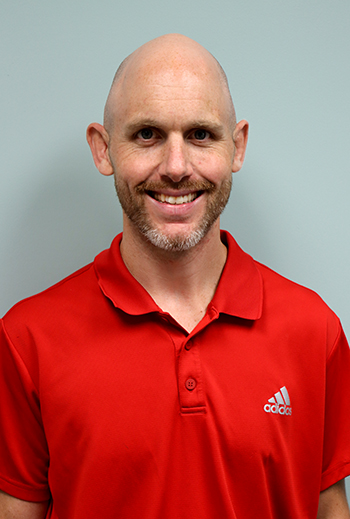Back to School: Watch that backpack load
Family Health
We’re inching closer to kids across our region heading back into the classrooms. Many will rely on backpacks to carry books and supplies to and from school and activities. But a backpack that’s too heavy or doesn’t fit right can cause pain.
A lot of shoulder and back pain associated with backpacks occurs at the beginning of the school year. That’s because their muscles and joints were also on summer break.

“It’s not so much the backpack itself. It’s not doing it all summer and suddenly you are carrying a lot of weight on your back,” says Mark Powers, physical therapist and clinical coordinator for Candler Hospital Outpatient Rehabilitation Center. “It’s not much different than if you haven’t worked out in a long time and suddenly you start working out intensely.”
But in some instances, how a child carries a backpack and how much weight is in it, can cause pain. It’s important to select the right back pack and use it properly.
Choosing the right backpack
Pick backpacks for your children that:
- Are lightweight but strong
- Have two wide, padded shoulder straps
- Have a chest and/or waist strap to help keep the bag stable
- Have a padded back to protect against possible sharp objects inside the bag
- Are the right size (they should not be wider than your child’s torso or hang more than four inches below the waist)
“You don’t want the backpack hanging down by your backside. That’s going to pull more,” Powers says. “Make sure it’s on your shoulders. If you use that chest strap, it helps keep the shoulder straps secure and tight. It also takes the weight off your shoulders and back. Little things like that go a long way.”
Wearing a backpack safely
Talk with your children about how to safely use a backpack. Help them adjust it. Teach them to:
- Pack light. The backpack should be at a comfortable weight. When full, it shouldn’t be more than five or 10 percent of your child’s body weight. Weigh it on a scale if necessary.
- Organize the backpack well. Place the heavy items low toward the center of the backpack.
- Carry only what’s needed and use lockers, if available, or storage cubbies as you can.
- Use care when putting on and taking off. Children should not twist too much. When picking up a heavy backpack, bend with both knees, not at the waist.
- Use both shoulder straps. This will help spread the weight and promote good posture.
- Tell your children not to sling both straps over one shoulder. This makes posture off-balance.
- Place the backpack evenly in the middle of the back. The backpack should sit about two inches above the waist.
- Tighten and loosen straps as needed. The straps should be snug while wearing the pack. This helps hold it firmly on the body.
- Tell your children to loosen the straps before removing it. This makes it easier to take off.
If you child continues to have pain
As mentioned, most shoulder and back pain is reintroducing those joints and muscles to a heavy load. Powers says most pain should subside within a week or two. However, if discomfort continues for a longer period of time, you may want to get it checked out. Most likely, your doctor will recommend therapy for strengthening, Powers says.
St. Joseph’s/Candler’s Outpatient Rehabilitation Centers work with children for physical and occupational therapy needs. Typically, it’s just a couple of sessions with some home exercises, Powers says, and they are back to their youthful selves again.
For more information about the SJ/C Outpatient Rehab program, visit our website.